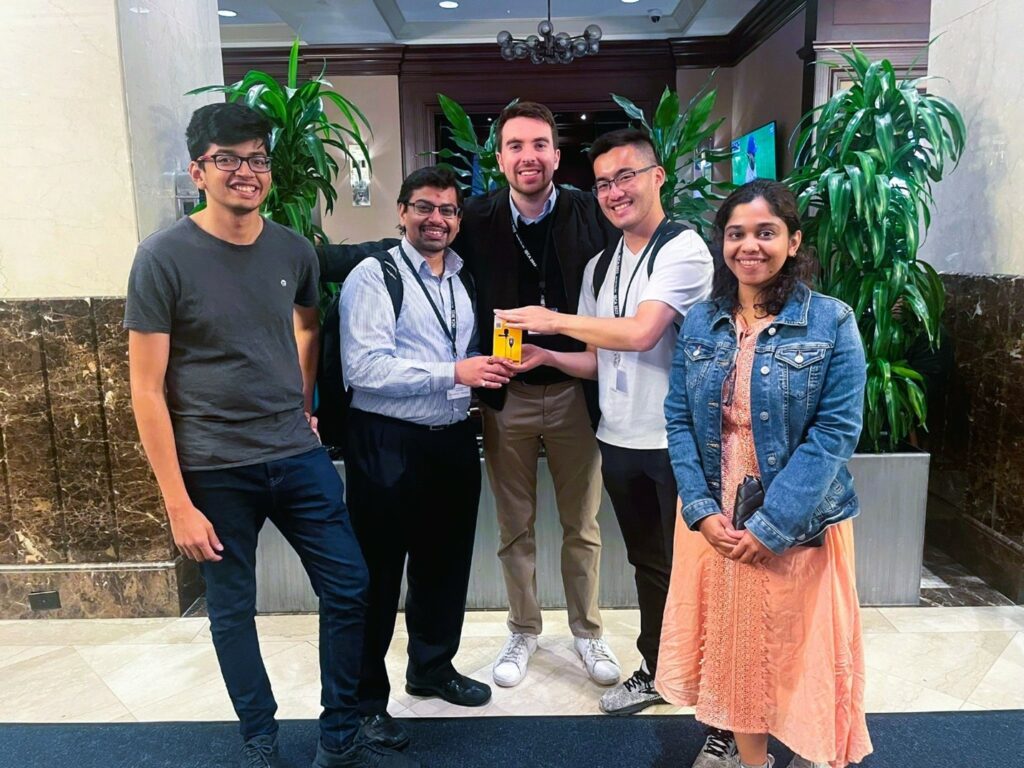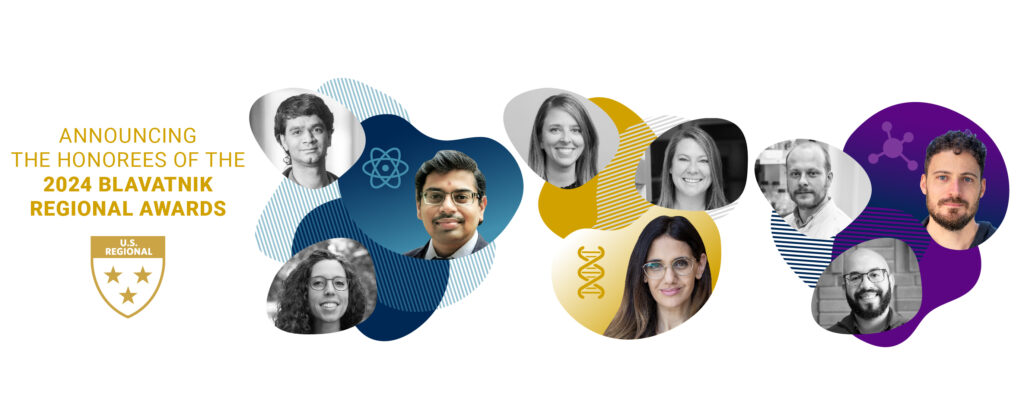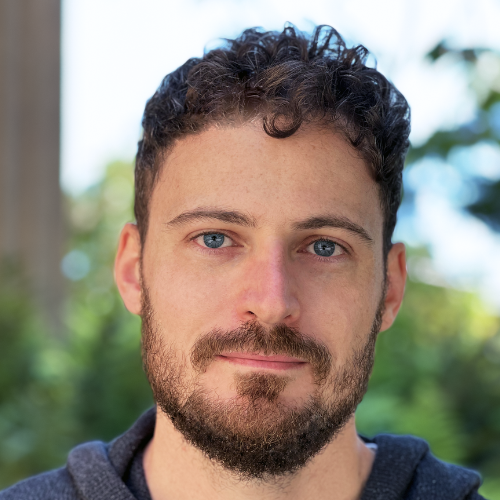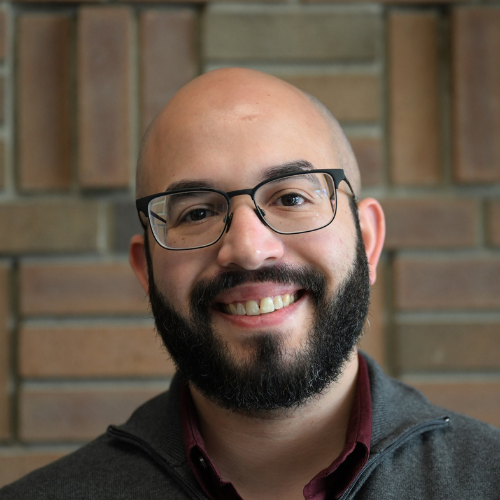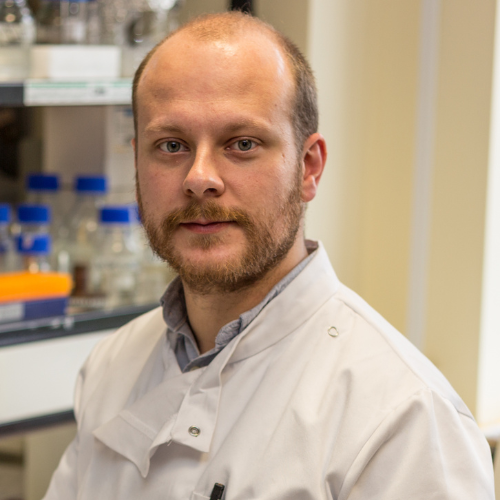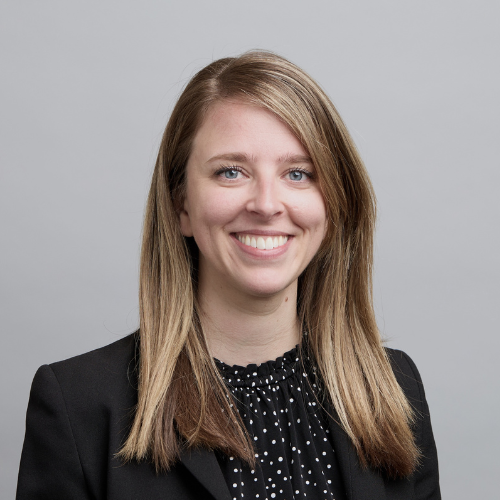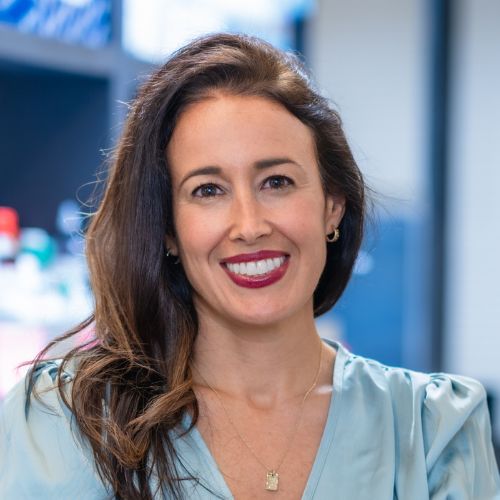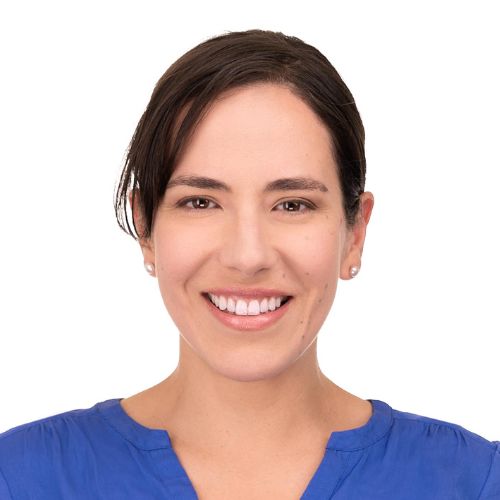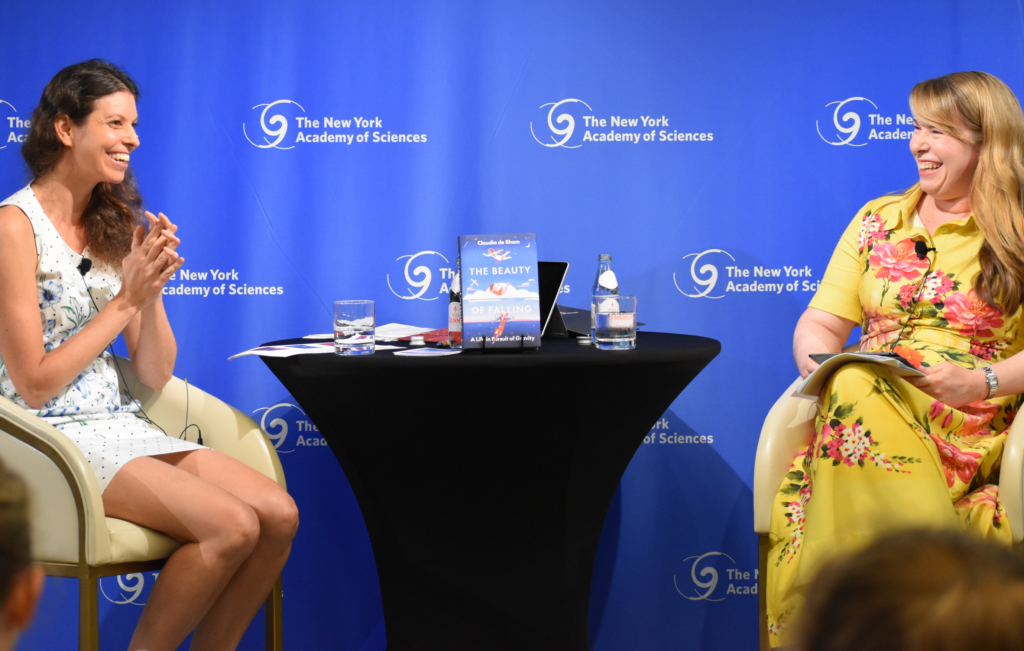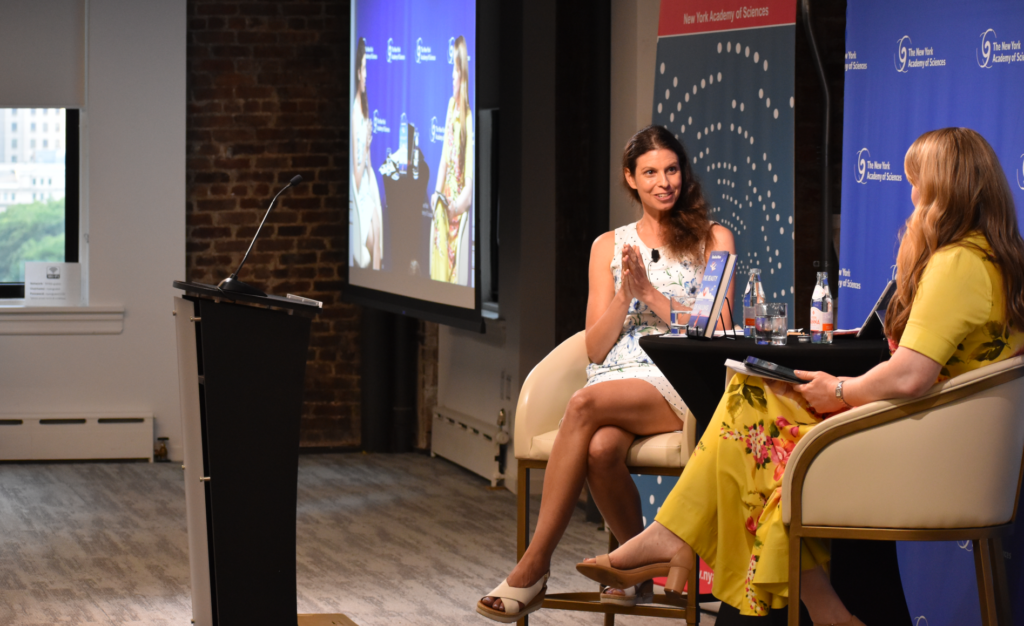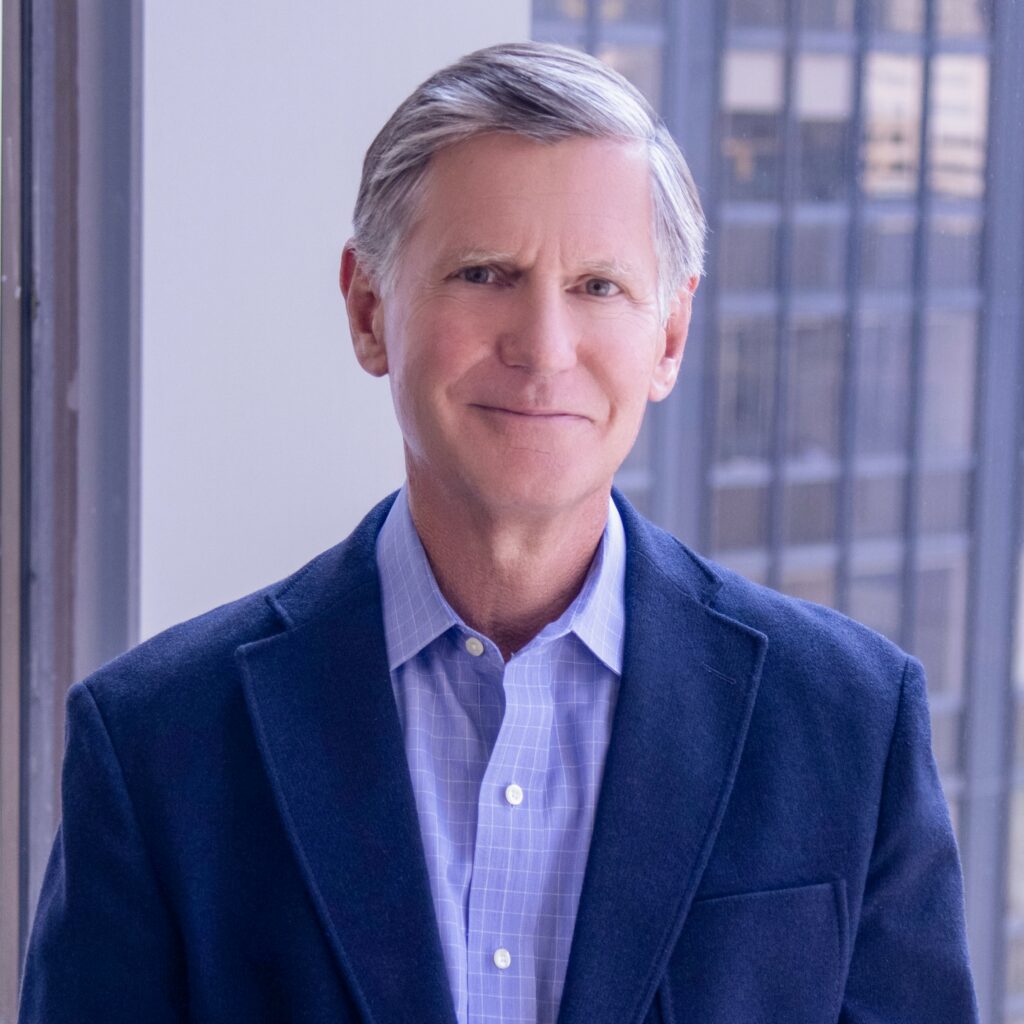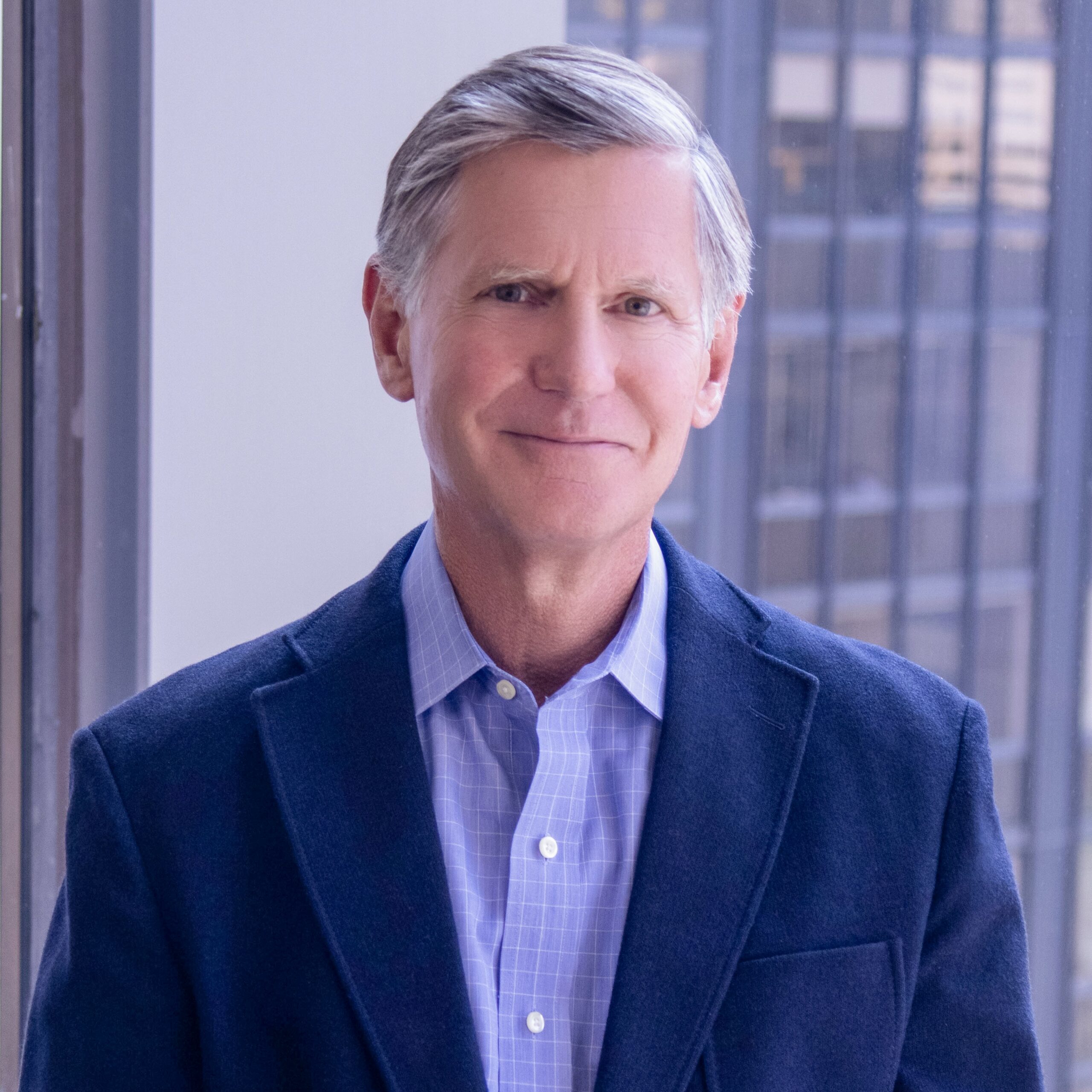Our Blavatnik Award honorees are making a huge impact on the world of science — learn what their research means for the future.
[{"id":18513,"link":"https:\/\/www.nyas.org\/ideas-insights\/blog\/advocating-a-better-future-for-postdocs\/","name":"advocating-a-better-future-for-postdocs","thumbnail":{"url":"https:\/\/www.nyas.org\/wp-content\/uploads\/2024\/09\/Nicole-Lake.png","alt":"A headshot of a smiling woman."},"title":"Advocating a Better Future for Postdocs","excerpt":"Nicole Lake, PhD, offers advice on how postdocs can advocate for one another.","content":"Blavatnik Regional Awards Finalist Nicole Lake, PhD, is now a strong advocate for postdoctoral researchers. She offers advice","author":{"name":"Nick Fetty","link":"https:\/\/www.nyas.org\/author\/nickfetty\/"},"date":"Sep 17, 2024","dateGMT":"2024-09-17 12:05:14","modifiedDate":"2024-11-12 16:44:48","modifiedDateGMT":"2024-11-12 16:44:48","commentCount":"0","commentStatus":"closed","categories":{"coma":"Uncategorized","space":"Uncategorized"},"taxonomies":{"blog-highlight":"","blog-category":"<a href='https:\/\/www.nyas.org\/blog-category\/thought-leadership\/' rel='blog-category'>Thought Leadership<\/a>","feature":"<a href='https:\/\/www.nyas.org\/feature\/award-winner\/' rel='feature'>Award Winner<\/a>","program-category":"<a href='https:\/\/www.nyas.org\/program-category\/awards\/' rel='program-category'>Awards<\/a><a href='https:\/\/www.nyas.org\/program-category\/blavatnik\/' rel='program-category'>Blavatnik<\/a>","scientific-theme":"<a href='https:\/\/www.nyas.org\/scientific-theme\/stem-pathways\/' rel='scientific-theme'>STEM Pathways<\/a>","speaker-name":""},"readTime":{"min":3,"sec":49},"status":"publish"},{"id":18516,"link":"https:\/\/www.nyas.org\/ideas-insights\/blog\/self-advocacy-played-important-role-in-my-journey\/","name":"self-advocacy-played-important-role-in-my-journey","thumbnail":{"url":"https:\/\/www.nyas.org\/wp-content\/uploads\/2024\/09\/Raghavendra-Pradyumna-Pothukuchi-1.jpg","alt":""},"title":"Self-Advocacy Played Important Role in My Journey","excerpt":"Raghavendra Pradyumna Pothukuchi, PhD, offers advice so fellow postdocs advocate for themselves.","content":"Blavatnik Regional Awards Laureate Raghavendra Pradyumna Pothukuchi, PhD, had to advocate for himself to find the right work-life","author":{"name":"Nick Fetty","link":"https:\/\/www.nyas.org\/author\/nickfetty\/"},"date":"Sep 17, 2024","dateGMT":"2024-09-17 12:04:50","modifiedDate":"2024-11-12 16:44:18","modifiedDateGMT":"2024-11-12 16:44:18","commentCount":"0","commentStatus":"closed","categories":{"coma":"Uncategorized","space":"Uncategorized"},"taxonomies":{"blog-highlight":"","blog-category":"<a href='https:\/\/www.nyas.org\/blog-category\/thought-leadership\/' rel='blog-category'>Thought Leadership<\/a>","feature":"<a href='https:\/\/www.nyas.org\/feature\/award-winner\/' rel='feature'>Award Winner<\/a>","program-category":"<a href='https:\/\/www.nyas.org\/program-category\/awards\/' rel='program-category'>Awards<\/a><a href='https:\/\/www.nyas.org\/program-category\/blavatnik\/' rel='program-category'>Blavatnik<\/a>","scientific-theme":"<a href='https:\/\/www.nyas.org\/scientific-theme\/stem-pathways\/' rel='scientific-theme'>STEM Pathways<\/a>","speaker-name":""},"readTime":{"min":5,"sec":1},"status":"publish"},{"id":18536,"link":"https:\/\/www.nyas.org\/ideas-insights\/blog\/a-new-approach-to-postdoc-work-life-balance\/","name":"a-new-approach-to-postdoc-work-life-balance","thumbnail":{"url":"https:\/\/www.nyas.org\/wp-content\/uploads\/2024\/09\/Amy-Strom-and-partner-Akshay-Tambe.jpg","alt":"A woman poses with her significant others, a river and sunset in the background."},"title":"A New Approach to Postdoc Work-Life Balance","excerpt":"Amy R. Strom, PhD offers advice on the subtle differences postdocs must consider when finding work-life balance.","content":"Blavatnik Regional Awards Finalist Amy R. Strom, PhD, offers advice on the subtle differences postdocs must consider when","author":{"name":"Nick Fetty","link":"https:\/\/www.nyas.org\/author\/nickfetty\/"},"date":"Sep 17, 2024","dateGMT":"2024-09-17 12:03:39","modifiedDate":"2024-11-12 16:43:41","modifiedDateGMT":"2024-11-12 16:43:41","commentCount":"0","commentStatus":"closed","categories":{"coma":"Uncategorized","space":"Uncategorized"},"taxonomies":{"blog-highlight":"","blog-category":"<a href='https:\/\/www.nyas.org\/blog-category\/thought-leadership\/' rel='blog-category'>Thought Leadership<\/a>","feature":"<a href='https:\/\/www.nyas.org\/feature\/award-winner\/' rel='feature'>Award Winner<\/a>","program-category":"<a href='https:\/\/www.nyas.org\/program-category\/awards\/' rel='program-category'>Awards<\/a><a href='https:\/\/www.nyas.org\/program-category\/blavatnik\/' rel='program-category'>Blavatnik<\/a>","scientific-theme":"<a href='https:\/\/www.nyas.org\/scientific-theme\/stem-pathways\/' rel='scientific-theme'>STEM Pathways<\/a>","speaker-name":""},"readTime":{"min":3,"sec":46},"status":"publish"},{"id":16956,"link":"https:\/\/www.nyas.org\/ideas-insights\/blog\/a-life-in-defiance-of-gravity\/","name":"a-life-in-defiance-of-gravity","thumbnail":{"url":"https:\/\/www.nyas.org\/wp-content\/uploads\/2024\/07\/DSC_1200-CROP-1024x692.png","alt":"An author presents during an event at the Academy."},"title":"A Life in Defiance of Gravity","excerpt":"New book explores blackholes, massive gravity, how Einstein was ahead of his time, and learning from failure.","content":"New book explores blackholes, massive gravity, how Einstein was ahead of his time, and learning from failure. Published","author":{"name":"Nick Fetty","link":"https:\/\/www.nyas.org\/author\/nickfetty\/"},"date":"Jul 31, 2024","dateGMT":"2024-07-31 13:09:14","modifiedDate":"2024-11-12 16:27:09","modifiedDateGMT":"2024-11-12 16:27:09","commentCount":"0","commentStatus":"closed","categories":{"coma":"Uncategorized","space":"Uncategorized"},"taxonomies":{"blog-highlight":"","blog-category":"<a href='https:\/\/www.nyas.org\/blog-category\/research-summaries\/' rel='blog-category'>Research Summaries<\/a>","feature":"","program-category":"<a href='https:\/\/www.nyas.org\/program-category\/blavatnik\/' rel='program-category'>Blavatnik<\/a>","scientific-theme":"<a href='https:\/\/www.nyas.org\/scientific-theme\/technology-innovation\/' rel='scientific-theme'>Technology & Innovation<\/a>","speaker-name":""},"readTime":{"min":7,"sec":39},"status":"publish"},{"id":13442,"link":"https:\/\/www.nyas.org\/ideas-insights\/blog\/qa-with-academy-board-member-peter-thoren\/","name":"qa-with-academy-board-member-peter-thoren","thumbnail":{"url":"https:\/\/www.nyas.org\/wp-content\/uploads\/2023\/10\/Peter-Thoren-1-1024x1024.jpg","alt":"A man in a suit poses for the camera."},"title":"Q&A with Academy Board Member Peter Thor\u00e9n","excerpt":"Peter Thoren is Executive Vice President of Access Industries and also a member of the Board of Governors.","content":"Published April 3, 2024 Peter Thor\u00e9n is Executive Vice President of Access Industries and a member of the","author":{"name":"Nick Fetty","link":"https:\/\/www.nyas.org\/author\/nickfetty\/"},"date":"Apr 3, 2024","dateGMT":"2024-04-03 15:14:22","modifiedDate":"2024-11-14 15:05:40","modifiedDateGMT":"2024-11-14 15:05:40","commentCount":"0","commentStatus":"closed","categories":{"coma":"Uncategorized","space":"Uncategorized"},"taxonomies":{"blog-highlight":"","blog-category":"<a href='https:\/\/www.nyas.org\/blog-category\/profile\/' rel='blog-category'>Profile<\/a>","feature":"<a href='https:\/\/www.nyas.org\/feature\/board-member\/' rel='feature'>Board Member<\/a>","program-category":"<a href='https:\/\/www.nyas.org\/program-category\/blavatnik\/' rel='program-category'>Blavatnik<\/a>","scientific-theme":"<a href='https:\/\/www.nyas.org\/scientific-theme\/n-a\/' rel='scientific-theme'>N\/A<\/a>","speaker-name":""},"readTime":{"min":3,"sec":50},"status":"publish"},{"id":16985,"link":"https:\/\/www.nyas.org\/ideas-insights\/blog\/balance-is-a-process\/","name":"balance-is-a-process","thumbnail":{"url":"https:\/\/www.nyas.org\/wp-content\/uploads\/2024\/08\/DB1-1024x931.jpg","alt":"A man poses with his toddler daughter while holding a newborn baby."},"title":"Work-Life Balance is Key in the Hybrid Environment","excerpt":"Dr. Daniel Brandenburg offers tips on how to balance work and life in the age of hybrid work.","content":"Daniel Brandenburg, the 2022 Blavatnik Regional Awards Finalist in Physical Sciences & Engineering, offers tips on how to","author":{"name":"Nick Fetty","link":"https:\/\/www.nyas.org\/author\/nickfetty\/"},"date":"Sep 21, 2022","dateGMT":"2022-09-21 14:06:00","modifiedDate":"2024-11-12 15:24:41","modifiedDateGMT":"2024-11-12 15:24:41","commentCount":"0","commentStatus":"closed","categories":{"coma":"Uncategorized","space":"Uncategorized"},"taxonomies":{"blog-highlight":"","blog-category":"<a href='https:\/\/www.nyas.org\/blog-category\/thought-leadership\/' rel='blog-category'>Thought Leadership<\/a>","feature":"<a href='https:\/\/www.nyas.org\/feature\/award-winner\/' rel='feature'>Award Winner<\/a>","program-category":"<a href='https:\/\/www.nyas.org\/program-category\/blavatnik\/' rel='program-category'>Blavatnik<\/a>","scientific-theme":"<a href='https:\/\/www.nyas.org\/scientific-theme\/stem-pathways\/' rel='scientific-theme'>STEM Pathways<\/a>","speaker-name":""},"readTime":{"min":4,"sec":50},"status":"publish"},{"id":2984,"link":"https:\/\/www.nyas.org\/ideas-insights\/blog\/kay-tye-using-neuroscience-to-study-how-the-brain-gives-rise-to-the-mind\/","name":"kay-tye-using-neuroscience-to-study-how-the-brain-gives-rise-to-the-mind","thumbnail":{"url":"https:\/\/www.nyas.org\/wp-content\/uploads\/2021\/10\/Kay-Tye-Using-Neuroscience-to-Study-How-the-Brain-Gives-Rise-to-the-Mind.png","alt":"A professor gives a presentation to students."},"title":"How the Brain Gives Rise to the Mind","excerpt":"Studying the connection between the brain and the mind to advance basic science.","content":"This Year\u2019s Blavatnik National Awards for Young Scientists Laureate in the Life Sciences is connecting the activity of","author":{"name":"Brandon Miller","link":"https:\/\/www.nyas.org\/author\/brandonmiller\/"},"date":"Oct 21, 2021","dateGMT":"2021-10-21 16:09:28","modifiedDate":"2024-11-14 14:21:11","modifiedDateGMT":"2024-11-14 14:21:11","commentCount":"0","commentStatus":"closed","categories":{"coma":"Uncategorized","space":"Uncategorized"},"taxonomies":{"blog-highlight":"","blog-category":"<a href='https:\/\/www.nyas.org\/blog-category\/profile\/' rel='blog-category'>Profile<\/a>","feature":"<a href='https:\/\/www.nyas.org\/feature\/award-winner\/' rel='feature'>Award Winner<\/a>","program-category":"<a href='https:\/\/www.nyas.org\/program-category\/awards\/' rel='program-category'>Awards<\/a><a href='https:\/\/www.nyas.org\/program-category\/blavatnik\/' rel='program-category'>Blavatnik<\/a>","scientific-theme":"<a href='https:\/\/www.nyas.org\/scientific-theme\/health-disease\/' rel='scientific-theme'>Health & Disease<\/a><a href='https:\/\/www.nyas.org\/scientific-theme\/stem-pathways\/' rel='scientific-theme'>STEM Pathways<\/a>","speaker-name":""},"readTime":{"min":4,"sec":54},"status":"publish"},{"id":16995,"link":"https:\/\/www.nyas.org\/ideas-insights\/blog\/i-am-a-postdoc-scientist-and-i-am-a-parent\/","name":"i-am-a-postdoc-scientist-and-i-am-a-parent","thumbnail":{"url":"https:\/\/www.nyas.org\/wp-content\/uploads\/2024\/08\/daniel-strauss-blog-Copy-2-1024x718.jpg","alt":"A family consisting of a man, women, toddler daughter, and newborn baby."},"title":"The Key to Balancing a Research Career and Parenting","excerpt":"Dr. Daniel Straus provides insight on how to balance responsibilities as both a parent and a scientist.","content":"Much like being a parent, science never stops. Daniel Straus, 2021 Blavatnik Regional Awards Winner in Chemistry, provides","author":{"name":"Nick Fetty","link":"https:\/\/www.nyas.org\/author\/nickfetty\/"},"date":"Sep 23, 2021","dateGMT":"2021-09-23 14:31:00","modifiedDate":"2024-11-12 15:10:24","modifiedDateGMT":"2024-11-12 15:10:24","commentCount":"0","commentStatus":"closed","categories":{"coma":"Uncategorized","space":"Uncategorized"},"taxonomies":{"blog-highlight":"","blog-category":"<a href='https:\/\/www.nyas.org\/blog-category\/thought-leadership\/' rel='blog-category'>Thought Leadership<\/a>","feature":"<a href='https:\/\/www.nyas.org\/feature\/award-winner\/' rel='feature'>Award Winner<\/a>","program-category":"<a href='https:\/\/www.nyas.org\/program-category\/blavatnik\/' rel='program-category'>Blavatnik<\/a>","scientific-theme":"<a href='https:\/\/www.nyas.org\/scientific-theme\/stem-pathways\/' rel='scientific-theme'>STEM Pathways<\/a>","speaker-name":""},"readTime":{"min":4,"sec":43},"status":"publish"},{"id":2893,"link":"https:\/\/www.nyas.org\/ideas-insights\/blog\/how-can-scientists-and-economists-work-together-to-modernize-power-grids-with-battery-technologies\/","name":"how-can-scientists-and-economists-work-together-to-modernize-power-grids-with-battery-technologies","thumbnail":{"url":"https:\/\/www.nyas.org\/wp-content\/uploads\/2023\/12\/Better-Batteries-for-Electric-Cars.png","alt":"A graphic illustration of a battery."},"title":"The Economic Imperative for Better Battery Technology","excerpt":"A married research duo is examining the feasibility and potential economic benefits of renewable energy.","content":"A married research duo are studying ways to better predict the feasibility and potential economic benefits of adopting","author":{"name":"Brandon Miller","link":"https:\/\/www.nyas.org\/author\/brandonmiller\/"},"date":"May 13, 2021","dateGMT":"2021-05-13 11:57:51","modifiedDate":"2024-11-12 15:09:01","modifiedDateGMT":"2024-11-12 15:09:01","commentCount":"0","commentStatus":"closed","categories":{"coma":"Uncategorized","space":"Uncategorized"},"taxonomies":{"blog-highlight":"","blog-category":"","feature":"<a href='https:\/\/www.nyas.org\/feature\/award-winner\/' rel='feature'>Award Winner<\/a>","program-category":"<a href='https:\/\/www.nyas.org\/program-category\/awards\/' rel='program-category'>Awards<\/a><a href='https:\/\/www.nyas.org\/program-category\/blavatnik\/' rel='program-category'>Blavatnik<\/a>","scientific-theme":"<a href='https:\/\/www.nyas.org\/scientific-theme\/sustainable-planet\/' rel='scientific-theme'>Sustainable Planet<\/a>","speaker-name":""},"readTime":{"min":5,"sec":28},"status":"publish"}]



